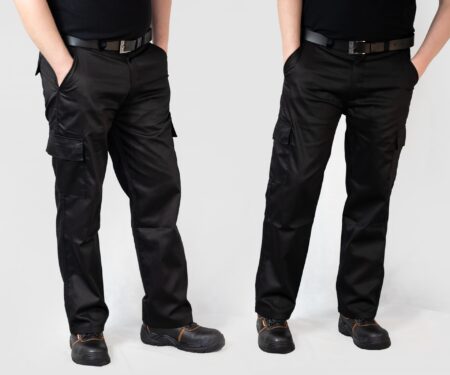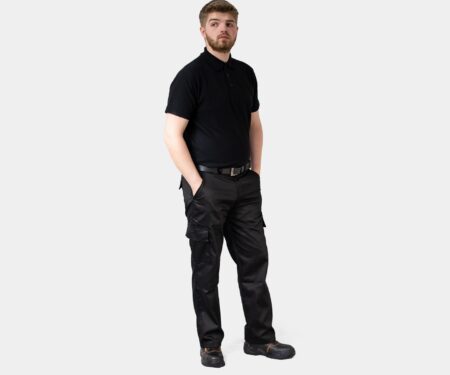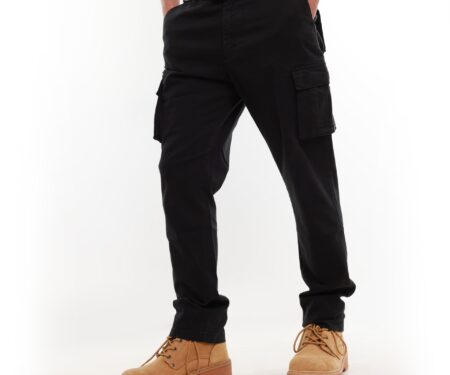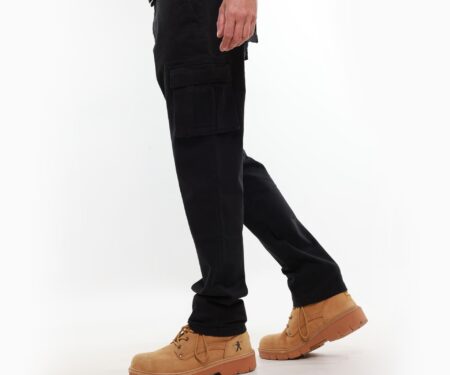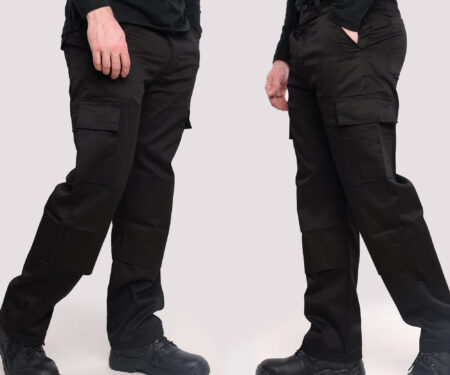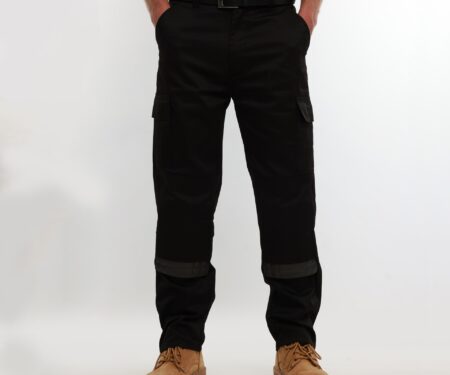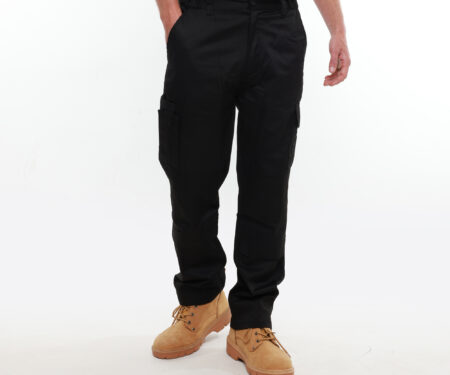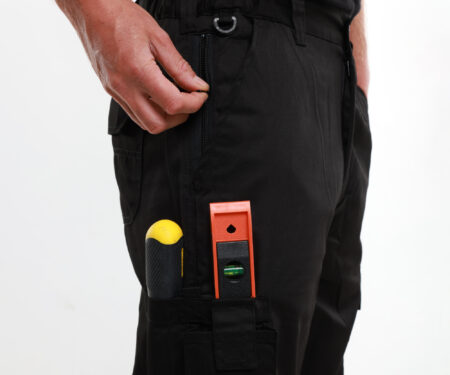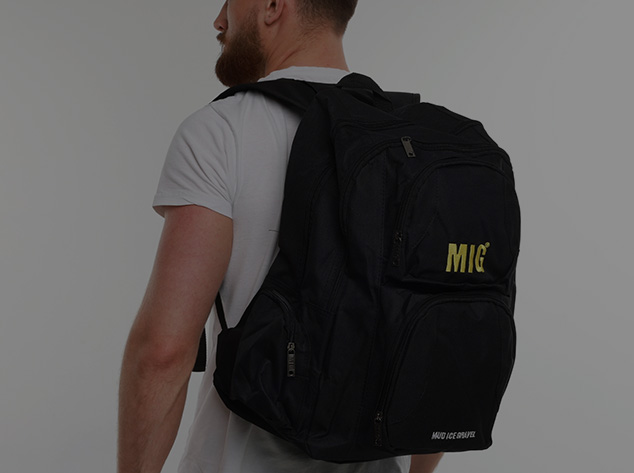When working close to road traffic, cranes, forklifts or other vehicles, individuals must wear high visibility clothing for their safety. When operating at night or in low light, it is extremely important.
Hi-vis clothing’s main purpose is to immediately, clearly and visibly distinguish users from whatever backdrop setting they are working in. As everyone on the premises can see one another, the likelihood of an accident occurring is decreased.
Hi-visibility clothing needs to be regulated by law, certified as such, and somewhat standardised because it is such an essential part of workplace safety. The certification that is now required by law is: 20471
What is Hi Vis Clothing?
Hi-visibility clothing is referred to as a “warning” that employees wear to notify their presence in hazardous conditions. It is entirely reasonable that it be treated seriously as a result.
Anyone who has to wear a warning or who is in charge of those who do should be familiar with the high visibility requirements and classes linked to the specifics of their own line of work. Different types of hi-visibility clothing are necessary in various workplace situations.
High visibility vests come in a variety of colours, with yellow and orange being the most common choices. The luminosity of colours other than yellow or orange might not be sufficient to meet the ISO 20471 standard.
What is EN ISO 20471:2013?
2013 saw the introduction of EN ISO 20471:2013 for High Visibility Clothing as the worldwide standard for safety testing procedures of high-visibility clothing to be used in high-risk working situations; the new standard replaced EN 471:2003 and A1:2007.
The requirements state that “high visibility clothing is capable of visually signalling the user’s presence” and define tests to evaluate the strength and efficiency of retro-reflective materials.
Since certificates for the previous high visibility clothing standard only remain valid for five years, any high visibility clothing produced under the prior EN471 certification is no longer in conformity. The EN ISO 20471:2013 standard must be CE labelled on all new hi-vis clothing produced today.
Standard requirements for EN ISO 20471
The standard specifies the colour of the fluorescent fabric, the bare minimum of reflective strip area, and even the placement of tape. These requirements make an effort to define a minimum area in which the wearer may be seen while the garment is worn from whatever angle it is being viewed at.
Yes, compliance is entirely dependent upon the person and has nothing to do with the clothing. This difference is essential. Only when worn properly may a pair of hi-visibility pants be considered compliant.
The surface area of fluorescence that is visible can be decreased by cutting them shorter, tucking them into your boots, or not keeping them clean. Naturally, a pair of high visibility overalls will totally encase the body in the reflective material.
Hi Vis Fabric Components
The hi vis requirements also cover the quality of the materials in terms of dimensional stability, heat resistance, and tensile strength. This guarantees that any standardised clothing that enters the market is appropriate for high-risk working environments.
The reflective tapes use the same technique. Tape must be dependable and continue to be compliant under regular working conditions without failing.
Contrast materials must not stain the high visibility cloth with their colour, diminishing its effectiveness. Within the testing processes of the standard, there are maximum values permitted. A minimal degree of tolerance is established under EN ISO 20471 because any bleed of dark fabric colour might damage the high visibility fluorescence.
What are the different components of Hi Vis Clothing?
The EN ISO 20471 standard covers every aspect of high visibility clothing design. This includes the components that must be present, the colours that they may be and most importantly, the efficacy or performance. Typically, there are 3 primary components:
Fluorescence Fabric – Material that emits electromagnetic radiation at visible wavelengths longer than those absorbed.
– ISO
Reflective Strips – Material which is a retroreflector but which is not intended to comply with the requirement of this International Standard for background material.
– ISO
Contrast Materials – Designed with darker-coloured parts that are less sensitive to dirt than the fluorescent fabric and reflective strips.
Different Hi Vis Classes
Hi Vis Class 1
This provides the least amount of wearer exposure and typically involves wearing a single garment by itself. For instance, according to EN ISO 20471, a pair of high visibility pants worn alone would only be Class 1 high visibility compliant. The class would probably change if the same trousers were worn with additional high-visibility clothing.
Hi Vis Class 2
This provides the wearer with a moderate amount of visibility. Despite being a single garment, wearing a typical sleeveless hi-vis vest might be Class 2 compliant because of the height it would be worn at.
Hi Vis Class 3
This is the maximum level of exposure and might consist of many pieces of clothing or just one. Similar to how a pair of hi-vis trousers worn with a hi-vis polo shirt might fulfil class 3 if they are both simultaneously certified, a hi-vis jacket with sleeves would likely comply with class 3.
Products that have received joint certification will be marked accordingly.
The overall area of fluorescent material and reflective stripe on the wearer decides which of the three classes the wearer is in compliance with.
When should my Hi Vis be replaced?
When your high visibility warning signs no longer signify your presence, you should replace them. A typical worker will wash their hi vis at least once a week which in hand would register the hi vis as unusable in less than 6 months.
It is advisable to have at least two of each Hi Vis clothing you require for each of the specific body areas. As they would need to be washed less frequently, rotating their use can extend their longevity. Even with this approach, you should still try to update high visibility clothing at least every 8 to 12 months.
If you find that your Hi Vis clothing is no longer meeting its certified class standards, now is the time to replace them.
Be sure to check out more at www.siteking.co.uk

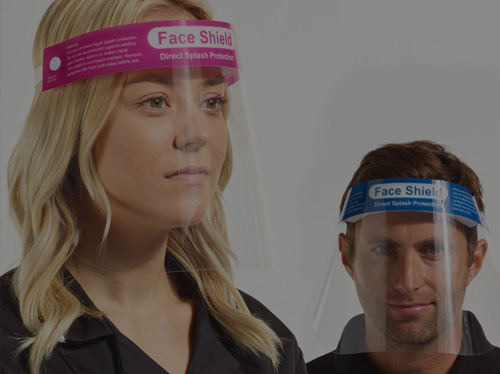




![clearpay1]](https://www.siteking.co.uk/wp-content/uploads/2023/03/clearpay1.jpg)
